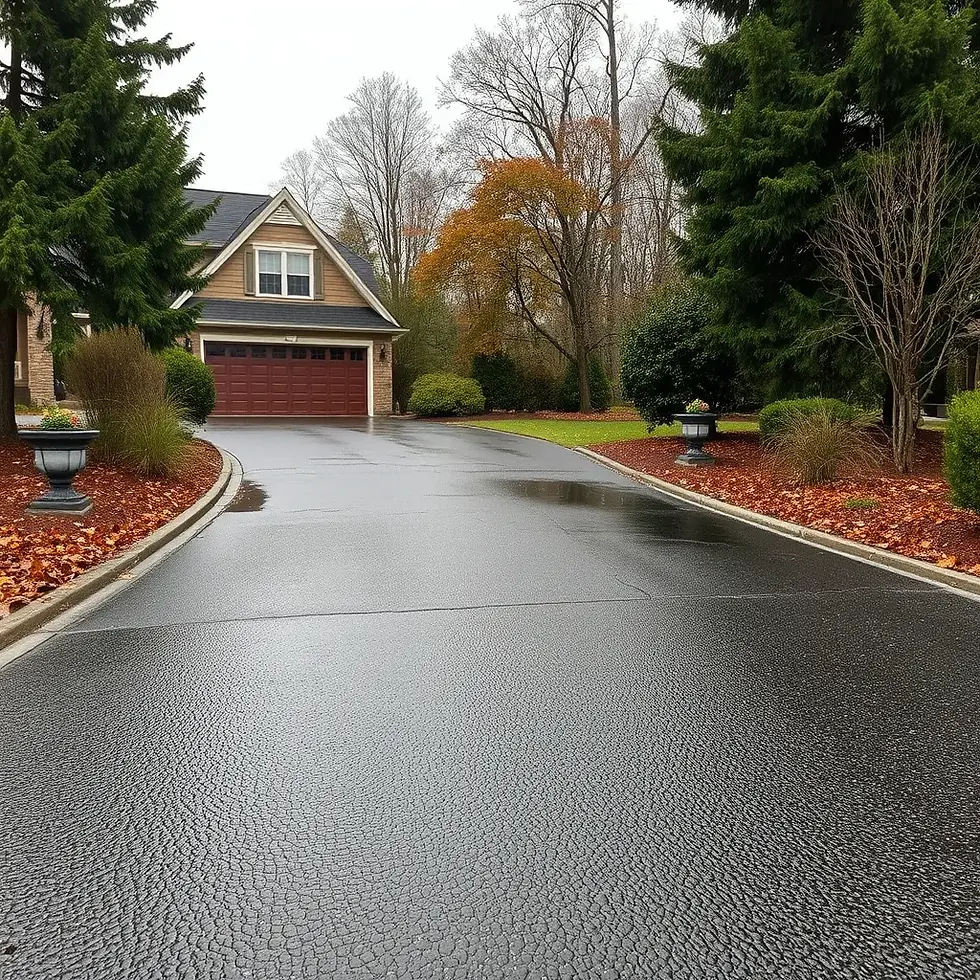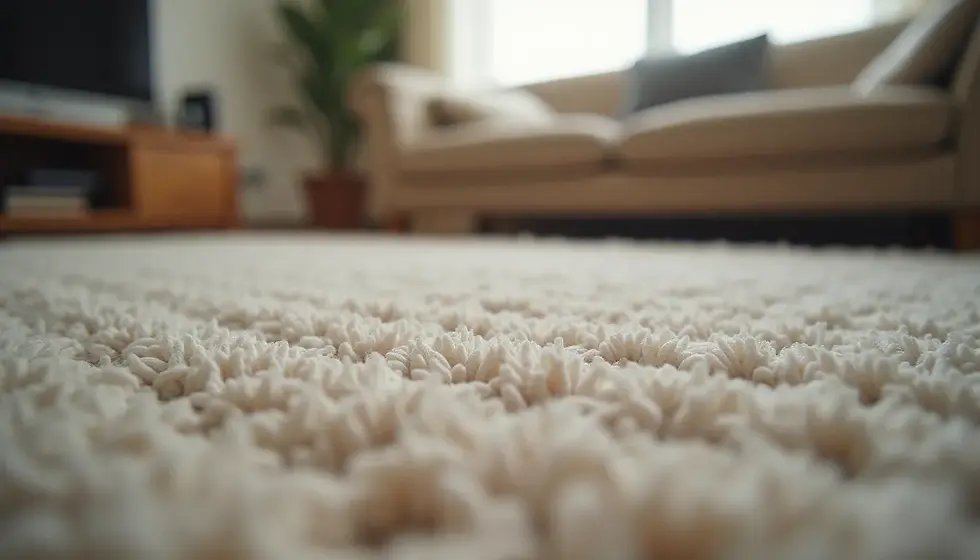How Long Before New Driveway Can Get Wet? A Fast Owner’s Guide
- Mei-Lin Arora

- Sep 4
- 3 min read
Updated: Sep 7
You just poured or paved and clouds roll in—panic time? Here’s the straight answer to how long before new driveway can get wet, with quick timelines for concrete vs. asphalt, what “wet” really means (rain, sprinklers, washing), and how to protect that fresh surface the first week. 🚗💧
Water is not always the enemy. For concrete, controlled moisture is part of curing. For asphalt, time and cooling are the keys.

How Long Before New Driveway Can Get Wet? (Fast Answer)
Concrete driveway: Light rain after initial set (often 4–8 hours after finishing) usually won’t harm it if the surface was protected from early washout or pitting. Keeping concrete moist for 7 days actually improves strength and durability, which is why curing methods (water spray, coverings, curing compounds) are recommended by industry groups like NRMCA—CIP 11: Curing Concrete and the Portland Cement Association. Avoid power-washing or directing sprinklers at it in the first 3–7 days. Passenger cars: typically 7 days before driving; full design strength by 28 days.
Asphalt driveway: Once the mat cools and hardens (usually 24–48 hours), normal rain is fine. Fresh asphalt is soft; avoid soaking it with sprinklers or washing the first 3–7 days, and skip sealcoating for several months. The Asphalt Institute’s residential guidance explains cure/cooling considerations and care.
If rain starts during finishing, cover concrete immediately; for asphalt, contractors usually avoid placing in rain at all.

Concrete vs. Asphalt: What “Wet” Does to Each
Concrete
Early (0–4 hours): Vulnerable. Rain can mark the surface, cause laitance, or pit the paste. Protect with plastic sheeting or a tarp on standoffs so it doesn’t imprint.
Setting to 7 days: Moisture is helpful if applied right—mist, wet burlap, curing compound, or polyethylene. The goal is to retain moisture for hydration (see NRMCA CIP 11).
After 7 days: Normal wetting is fine; strong detergents or pressure washing still risky until 28 days.
Asphalt
First 24–48 hours: Needs to cool and firm up. Water won’t chemically help; it can trap in low spots or create scuffing if you turn tires sharply on a hot day.
After 2–3 days: Rain is a non-issue. Keep heavy, stationary loads off a few extra days in hot weather. Care tips and basics are echoed in the Asphalt Institute driveway FAQ.
Practical Tips to Survive Week One
Watch sprinklers. Redirect heads so they don’t spray the slab/asphalt for the first week.
No plastic on hot asphalt. It can mar or stick; let it breathe.
Protect edges. They’re weakest early—avoid rolling wheelbarrows or dumpsters right at the edge.
Traffic timing (rule of thumb):
Concrete: foot traffic 24–48 hours, cars ~7 days (verify with your contractor).
Asphalt: foot traffic immediately after cool-down, cars 24–72 hours depending on weather.
Slope check. Confirm water sheds away from structures; standing water early on is a red flag to discuss with your installer. For durability context on slabs-on-ground, PCA’s guidance is reliable: PCA—Slabs on Ground.
If you can easily mark the surface with a fingernail or heel, it’s too green or too hot for aggressive wetting or turning tires in place.

FAQ
How long before new driveway can get wet, in one sentence?
Concrete can handle controlled moisture after initial set and benefits from 7 days of curing, while asphalt is fine with rain after 24–48 hours once it cools.
Is early rain always bad for concrete?
No—only during finishing/very early set. After that, curing moisture is beneficial when applied correctly (NRMCA/PCA).
Can I wash a brand-new asphalt driveway?
Wait 3–7 days; avoid solvents and sharp tire turns in heat.
Why wait 7 days to park on new concrete?
Strength gain is time dependent; many contractors use ~7 days for passenger vehicles, with full strength at 28 days.
Conclusion
The short version of how long before new driveway can get wet is: concrete needs early protection but controlled moisture helps for a week; asphalt needs time to cool—then ordinary rain is fine. Manage sprinklers, avoid aggressive washing early, and follow your contractor’s timing for traffic. Do that, and your new driveway will start strong and stay that way. 🙂



Comments